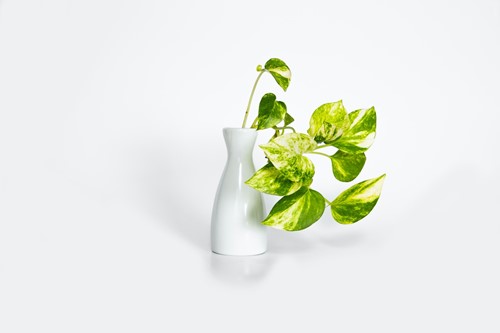Email: kaitysellspgh@gmail.com

Unfortunately, plants and pets can't always coexist. Many plants have toxic qualities that can harm both animals and humans if ingested. Some of the most popular houseplants, such as epipremnum aureum or pothos, can pose a risk to cats and dogs if not kept well out of reach. To help you choose the best houseplants for your home, here are two key examples of plants to keep away from your pets:
Pothos is also called devil's ivy and is known for its hardiness in almost all indoor environments. The many varieties of pothos produce long vines that climb or trail, making them perfect for trellises and hanging baskets. There are multiple species commonly grown as houseplants, the most popular being the golden pothos, jade pothos and marble queen pothos.
While regarded as an easy and rewarding houseplant, all pothos are toxic to pets. Their foliage and vines cause acute gastrointestinal distress in cats and dogs if eaten in a large enough quantity. What makes pothos especially dangerous to pets is that the surface of each leaf contains compounds that cause symptoms like tongue swelling, burning and irritation. Even the taste of a pothos leaf can make your pet sick, so it's best to keep the plant far away from them.
There are hundreds of species of philodendron, many of which make excellent houseplants. Similar to pothos, they are hardy and easy to care for. Some varieties are fast growers and produce beautiful glossy foliage year-round indoors.
Unfortunately, philodendrons pose a similar threat to your pets if ingested. When eaten in large enough amounts, they can cause vomiting and diarrhea. The leaves don't contain the same toxic compounds that pothos do, so a nibble is less likely to make your pet ill. However, tempting trailing varieties like the heartleaf philodendron should be kept far out of the reach of animals just in case.
These are only two of the popular houseplants toxic to pets. Always research a plant's toxicity before bringing it home so that you and your furry friends stay safe and healthy.
